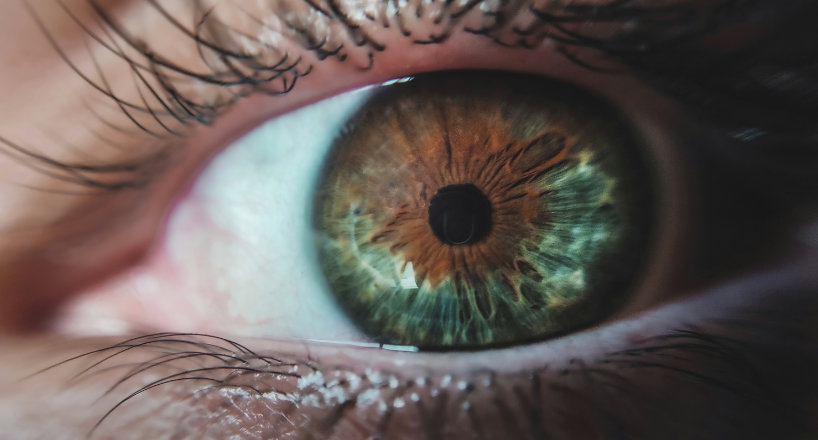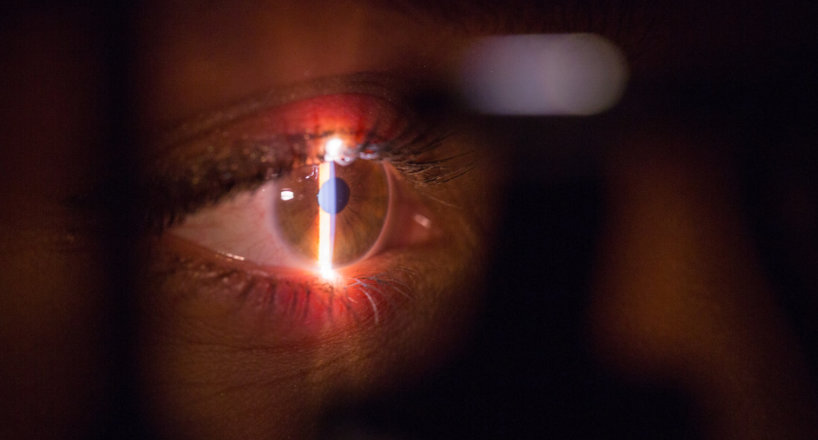Retinitis Pigmentosa

Retinitis Pigmentosa (RP) is a genetic disorder that causes progressive degeneration of the retina, the light-sensitive layer of tissue at the back of the eye. The retina is responsible for converting light into electrical signals that the brain interprets as vision. RP causes damage to the rods and cones, the cells in the retina responsible for night and color vision respectively. As a result, people with RP often have difficulty seeing in low light and may experience a gradual loss of peripheral vision. RP is inherited in an autosomal recessive or dominant pattern and it affects about 1 in 4,000 people worldwide. There is no cure for RP and treatment options are limited, but some interventions like low vision aids and gene therapy are under research to improve the quality of life of patients.
Retinitis Pigmentosa Symptoms
Youth is when the first symptoms of retinitis pigmentosa normally appear. Normally, both eyes are implicated in the disease. Often RP does not appear until older age, at age 30 or perhaps older.
The primary sign of RP in the starting phases is night blindness.
Tunnel vision may develop in the later stages of the illness, where central vision is affected, and just a little portion of sight is available.
One research study of clients suffering from RP exposed that in clients 45 years and older, 52% had at least 20/40 central vision in one eye, 25% had 20/200 vision or below, and 0.5% were totally blind.
Reasons For Retinitis Pigmentosa
Retinitis Pigmentosa (RP) is caused by mutations in one of several genes that are responsible for the proper functioning of the retina. These mutations can be inherited in different patterns, including:
- Autosomal recessive RP: This type of RP is caused by mutations in two copies of a gene, one inherited from each parent. This is the most common form of RP, accounting for about 25-30% of cases.
- Autosomal dominant RP: This type of RP is caused by a mutation in just one copy of a gene, inherited from one parent. This form of RP accounts for about 15-20% of cases.
- X-linked RP: This type of RP is caused by a mutation in a gene located on the X chromosome and is inherited in an X-linked recessive pattern, which primarily affects males.
Some of the most common genes associated with RP are RHO, RP1, RDS, and PRPH2, but RP can also be caused by mutations in other genes. Some cases of RP can also be caused by mutations in genes that aren’t yet known.
Some other causes of RP are Usher syndrome, Leber congenital amaurosis, Bardet-Biedl syndrome, and some forms of cone-rod dystrophy.
It’s also important to note that in some cases, the cause of RP may not be genetic and can be caused by environmental factors such as exposure to certain toxins or viral infections.
Diagnosis and Treatment
The primary diagnostic tool employed is visual field screening.

This test figures out how much peripheral vision loss has happened. Other diagnostic tools might be utilized to evaluate night vision and color vision.
A couple of treatments exist for RP. What is offered assists conditions associated with RP, not the illness itself? For patients older than 25, there is a prosthesis system that was just recently approved. This system records images via glasses and transfers the signal catches to an implanted gadget located on the retina.
Many treatments center around helping the patient find out to handle their vision loss. Psychological therapy, and occupational treatment, may be advised. Technological instruments that aid with low vision, such as illuminated magnifiers, can help patients with RP see as well as possible with their restricted vision. Some doctors advise vitamin A supplements as there is some proof that vitamin A may assist postpone the progression of the disease.
In the future, scientists are confident that there will be additional treatments for RP, consisting of new drug treatments and retinal implants.